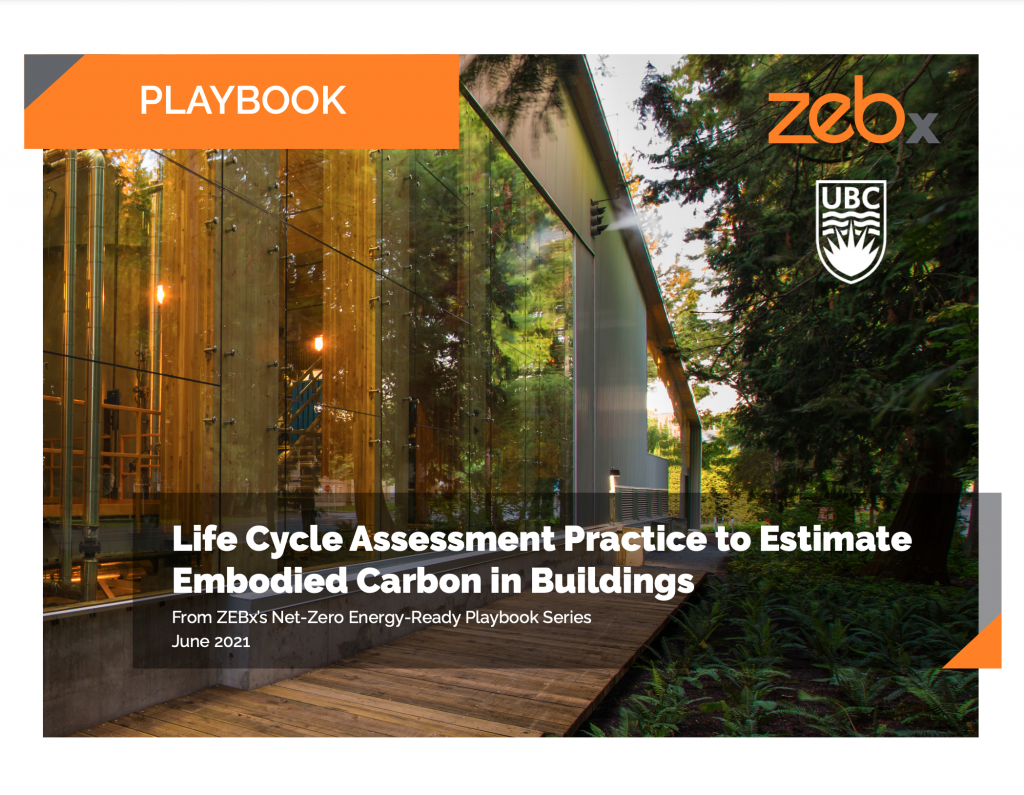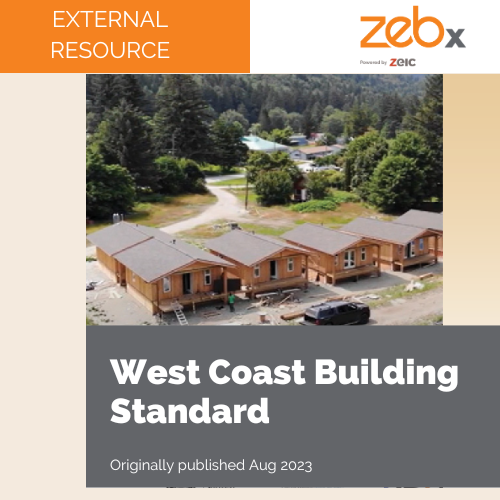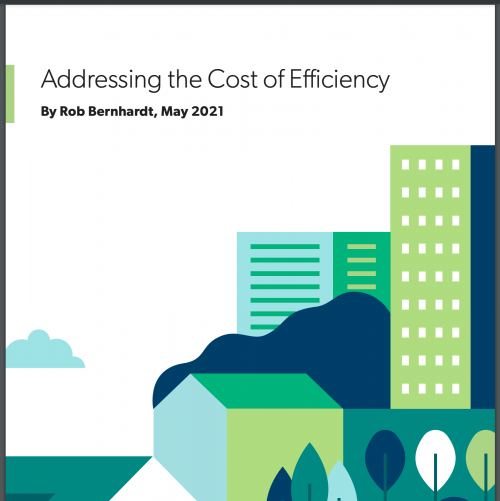
BC Energy Step Code Report: Addressing the Cost of Efficiency
May 20, 2021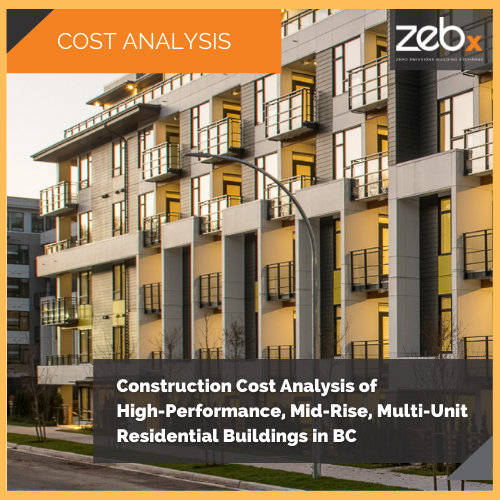
Construction Cost Analysis of High-Performance Multi-Unit Residential Buildings in BC
June 1, 2021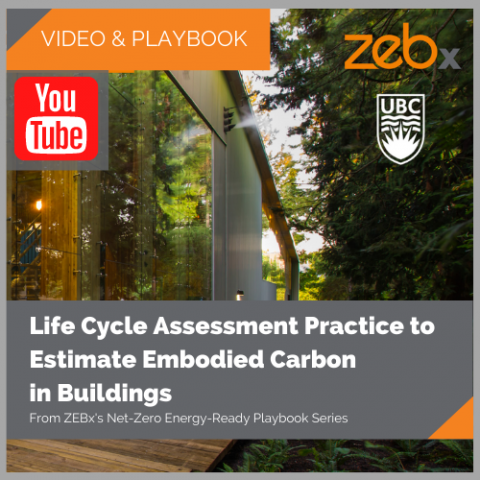
June 2021: Life Cycle Assessment Practice to Estimate Embodied Carbon in Buildings
From ZEBx’s Net-Zero Energy-Ready Playbook Series
Whole Building Life Cycle Assessment
The building sector is a significant contributor to the planet’s rising levels of greenhouse gases (GHG) and is responsible for 39% of all global GHG emissions. Approximately 11% of these GHG emissions are associated with the manufacturing of construction materials and the construction of buildings. As operational emissions in buildings are reduced, embodied carbon emissions from building material choices are becoming proportionally more significant.
To support the reduction of the embodied carbon footprint of buildings and other environmental impacts, the building industry has been adopting life cycle assessment (LCA) as a framework to quantify these potential impacts across the life cycle of the building. An LCA can help project teams estimate embodied carbon, understand carbon “hot spots” and inform design and construction decisions. It can be applied to individual building components and materials, or to entire buildings (i.e. wholebuilding LCA).
Carbon emissions are only one type of environmental impact that LCA is capable of measuring, indicated by the global warming potential (GWP) impact category. Other environmental impacts that can be estimated through LCA include creation of smog, depletion of ozone and acidification, among others.
The Four Assessment Phase
1. Goal and Scope Definition
Determine the purpose of the assessment, the components of the building that will be assessed and the life cycle stages of interest.
2. Life Cycle Inventory Analysis (LCI)
Compile and quantify inputs and outputs of the building systems and components throughout its life cycle. Practitioners usually quantify the materials and products within the building and use LCA software tools that estimate the rest of the flows within the system.
3. Life Cycle Impact Assessment (LCIA)
Use the LCA tools to evaluate the potential environmental impacts of the elements quantified in the LCI through the chosen impact categories (GWP in the case of embodied carbon). LCA tools calculate these impacts using data from different public or proprietary databases.
4. Interpretation of LCA
Interpret the partial and final results within the context of the overall LCA process and assessment system. Some of the considerations for interpreting results include identifying issues from the LCI and LCIA phases (e.g. data limitations, assumptions
and exclusions), evaluating the LCA study itself (e.g. consistency and completeness), and other conclusions, limitations and recommendations.
Life Cycle Assessment Practice to Estimate Embodied Carbon in Buildings


